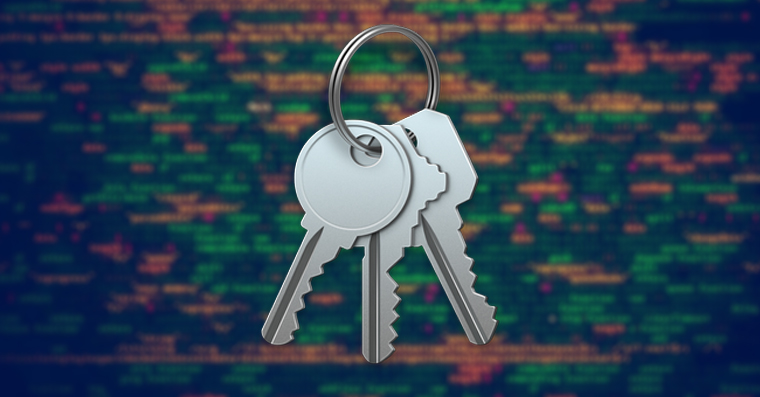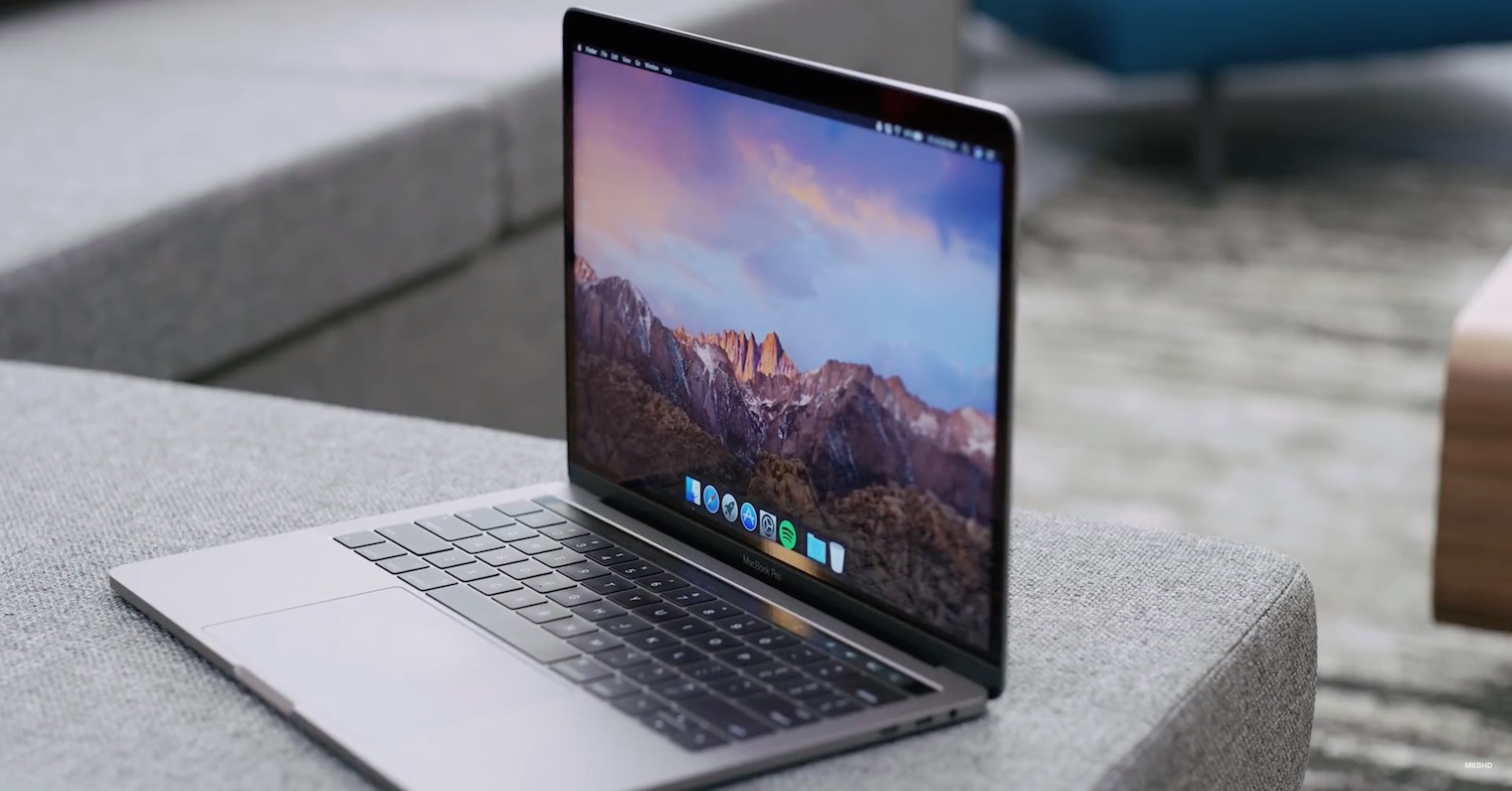Nowadays, we can find a built-in webcam in every MacBook and iMac. While most of us will find it a no-brainer to activate and use it, beginners and new users may struggle at first. You might be surprised how many users, for example, may have no idea that the camera on a Mac can be turned on simply by launching any application, such as for making video calls. In addition, even the cameras in Apple computers are sometimes not without problems.
Apple laptops are usually equipped with either 480p or 720p cameras. The newer your laptop is, the less noticeable its built-in webcam is. You can tell when the camera is recording you by the lit green LED. The camera will automatically turn off as soon as you exit the app that is currently using it.
It could be interest you

But the camera on the Mac does not always work flawlessly. If you've started a video call via WhatsApp, Hangouts, Skype, or FaceTime, and your camera still won't launch, try a different app. If the camera works without problems in other applications, you can try to update or reinstall the application in question.
What to do if the camera does not work in any of the applications?
The usual option is the popular "try turning it off and on again" - you might be surprised how many mysterious and seemingly unsolvable problems a simple Mac restart can fix.
If the classic restart didn't work, you can try SMC reset, which will restore a number of functions on your Mac. First, turn off your Mac the usual way, then press and hold Shift + Control + Option (Alt) on your keyboard and press the power button. Hold the trio of keys and the power button for ten seconds, then release them and press the power button again. On newer Macs, the Touch ID sensor serves as the shutdown button.
For desktop Macs, you reset the system management controller by shutting down the computer normally and disconnecting it from the network. In this state, press the power button and hold it for thirty seconds. Release the button and turn your Mac back on.

Source: BusinessInsider, LifeWire, Apple Lossless Audio CODEC (ALAC),
none of that helped, I've never used it in my life, I have a 2016 mac and I can't get it to work, even I updated Catalina to the latest version - nothing
The SMC reset finally helped, thanks!